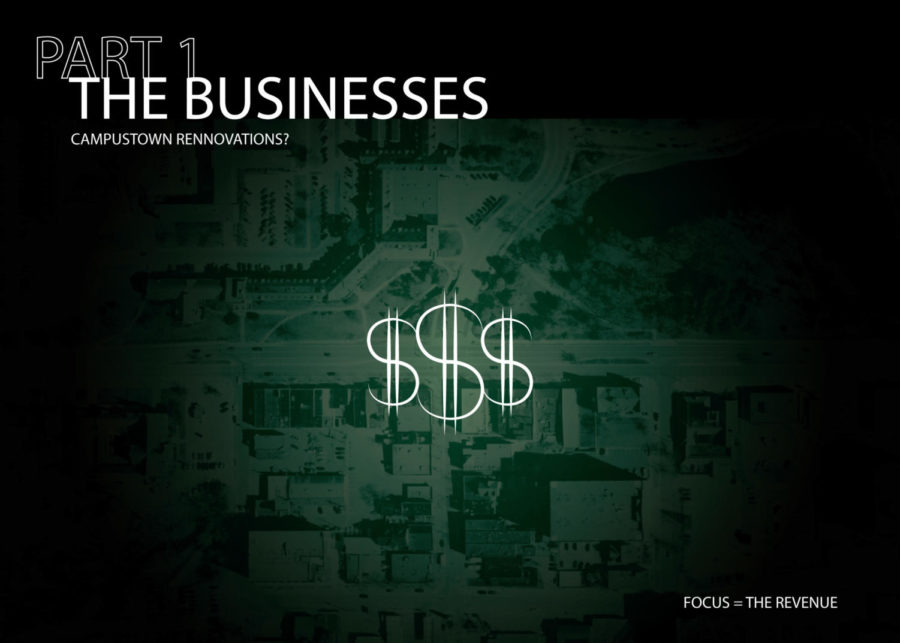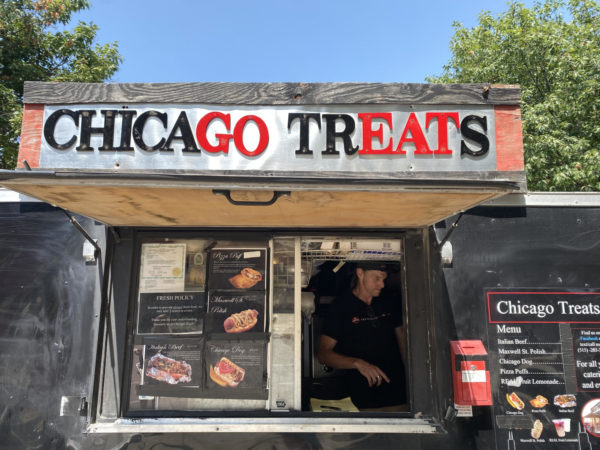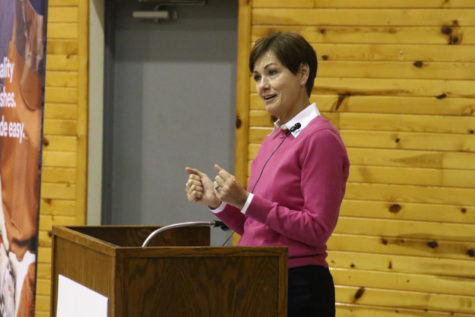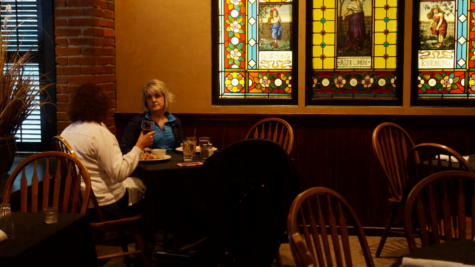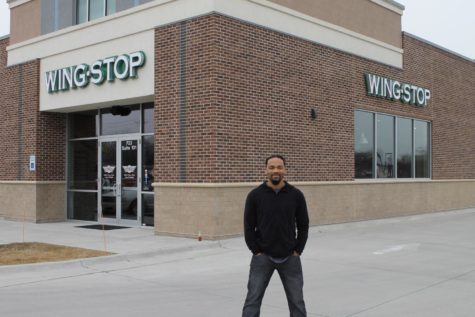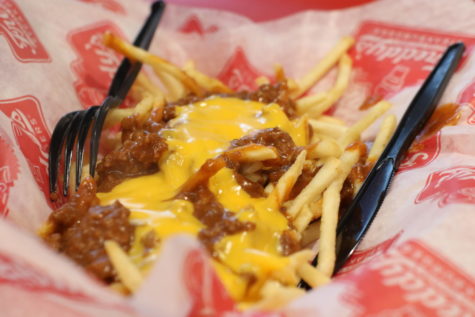Common ground: Campustown Action Association hones in on 5 goals for improving area
January 23, 2012
Business owners, community members and city and university officials agree: Campustown could use an update.
“I think there is a way to do it, and I don’t think that it needs to cost millions of dollars or remove the uniqueness that we have there,” said Chandra Peterson, secretary of Campustown Action Association and senior in political science.
CAA has developed five key goals for the area that can be acted on in the short and long term. For example, the goal of improving cleanliness could be achieved through everything from volunteer cleanup events to resurfacing older buildings.
The goals were developed based on the results of a survey conducted last semester. Campustown was viewed as “tired, run-down and dated” by 62 percent of survey respondents, but positive attributes such as its convenience, cultural vibrancy and local shops were praised. Still, 58 percent want to see Campustown as “vibrant and energetic” in the future.
Since Lane4 was dropped as the master developer for Campustown in June, CAA has hosted cleanup events, solicited input from the community and facilitated discussions on the future of Campustown.
“What we’re trying to do now is the much harder route, but it’s the necessary route given the businesses that exist,” said Ryan Jeffrey, vice president of CAA and owner of Arcadia.
Building cooperation
Campustown Action Association is a business association, not a developer. One of its major goals is to facilitate communication between the many stakeholders involved in Campustown.
“There has to be a meeting of the minds. I really believe that there are a lot of common goals,” said John Haila, president of CAA and president of Haila Architecture.
Part of the reason CAA conducted the survey was to get more people involved, and the association’s monthly meetings are open to the public.
Peterson said the five goals developed are broad because they wanted to emphasize things that everyone could agree on — such as a desire for diverse local businesses and entertainment options for all ages. After the goals have been distributed and discussed, CAA will work on developing action items to implement them.
“The potential is there. It’s just a matter of getting everyone on the same page and creating a plan that’s workable, affordable and achievable,” Haila said.
Things to keep
“We want viable businesses to succeed,” Haila said. “We don’t want to chase them out.”
Matthew Goodman, Ames City Council member and owner of several Campustown restaurants including The Fighting Burrito, pointed out that Campustown has an incredibly diverse set of dining options and business owners in just a few blocks.
“For the small space that it occupies, that’s unparalleled,” he said. “I don’t want to see that go away.”
Several people also said the bar scene shouldn’t go away.
“I think that’s what makes Campustown vibrant, is that it really is a focal point for a good part of our population after 9 at night,” said Dan Culhane, president and CEO of the Ames Economic Development Commission.
However, he said the area also needs to be a destination at 9 a.m. and noon.
Missing pieces
“I believe that the community views Campustown as just an unsafe place, a place where college kids go to get wild,” said Tim Gleason, co-owner of Random Goods and property manager for the Champlain properties. “To me, the big thing is just changing the perceptions of what Campustown businesses have to offer.”
CAA has identified creating an environment that is more welcoming to all ages as one of its five major goals.
“I think it needs to be transformed into a generally more attractive, more comfortable place,” Jeffrey said.
He said he would like to see more benches, open space and activities — things that inspire people to just spend time in an area, without needing a destination. Many CAA members also expressed a desire for more cultural activities and artwork, such as the mural painted in the spring of 2010.
Throughout the Lane4 process, there was a desire for more national brands and stores that appeal to people of all ages, such as a grocery store, and those desires haven’t gone away. Culhane said he sees potential for that type of reconstruction at the corner of Lincoln Way and Sheldon Avenue, where the former location of Taco Bell has sat vacant since November 2010.
Long-term goals
Goodman said he’d like to see a major investment in the Campustown dining scene, such as an upscale pizza place with a microbrewery.
“There needs to be a pretty nice opportunity for people to spend money, eat food and drink beer,” he said.
Haila said his “pipe dream” for Campustown would be to see Welch Avenue and Chamberlain Street turned into a pedestrian mall with plenty of outdoor seating and cultural activities. He was inspired by a recent trip to Europe.
“It just felt alive and vibrant and a place you just want to go, to be,” he said. “And that’s when community happens.”

